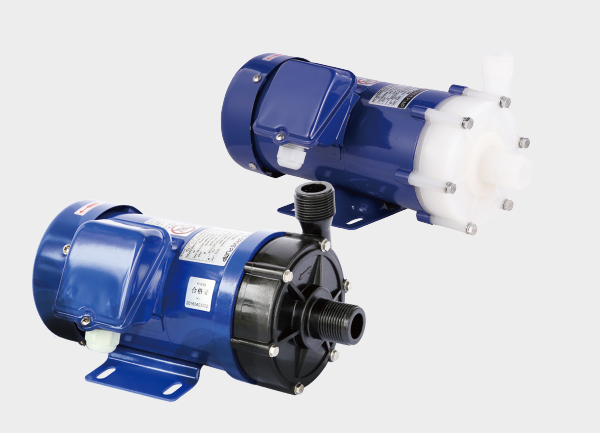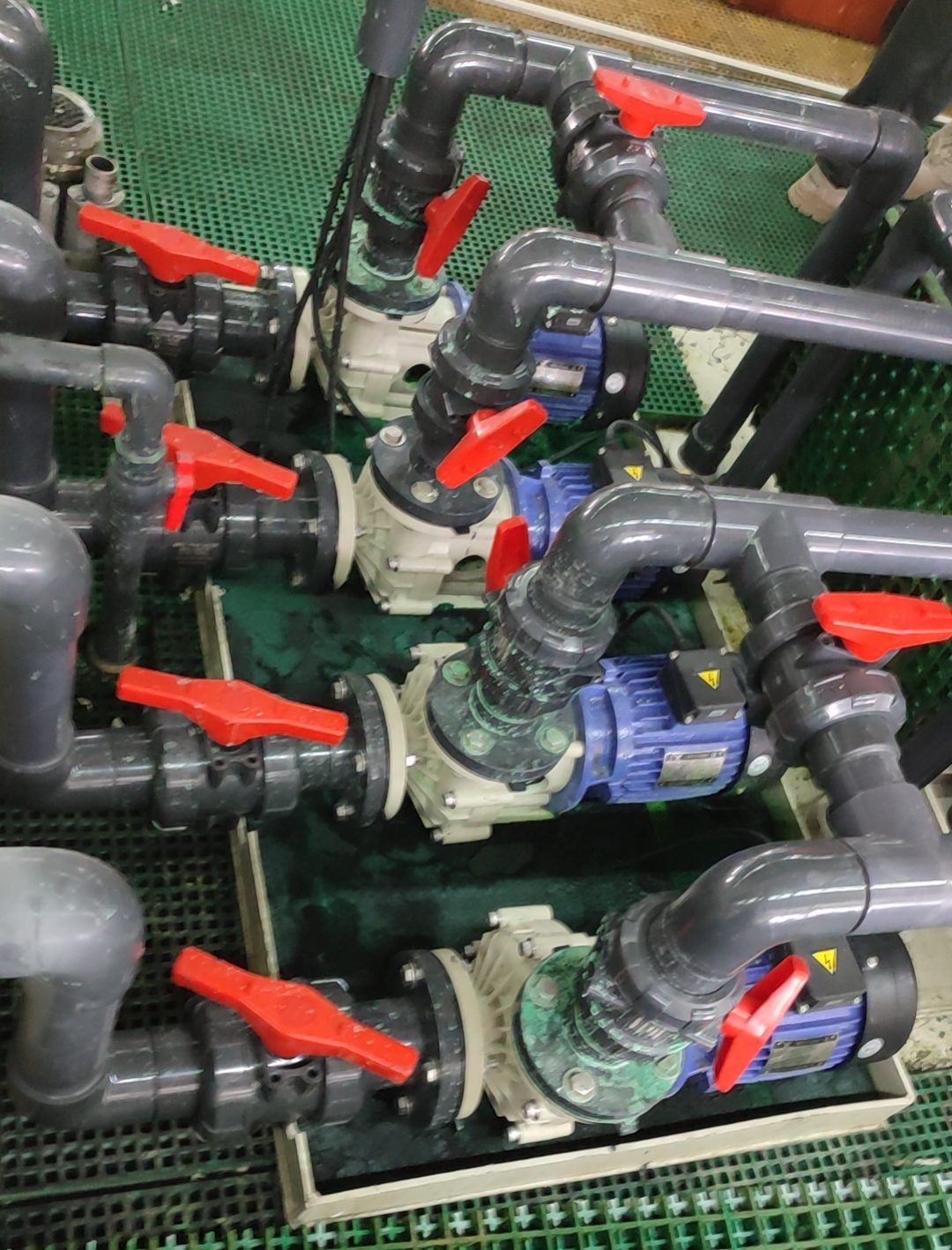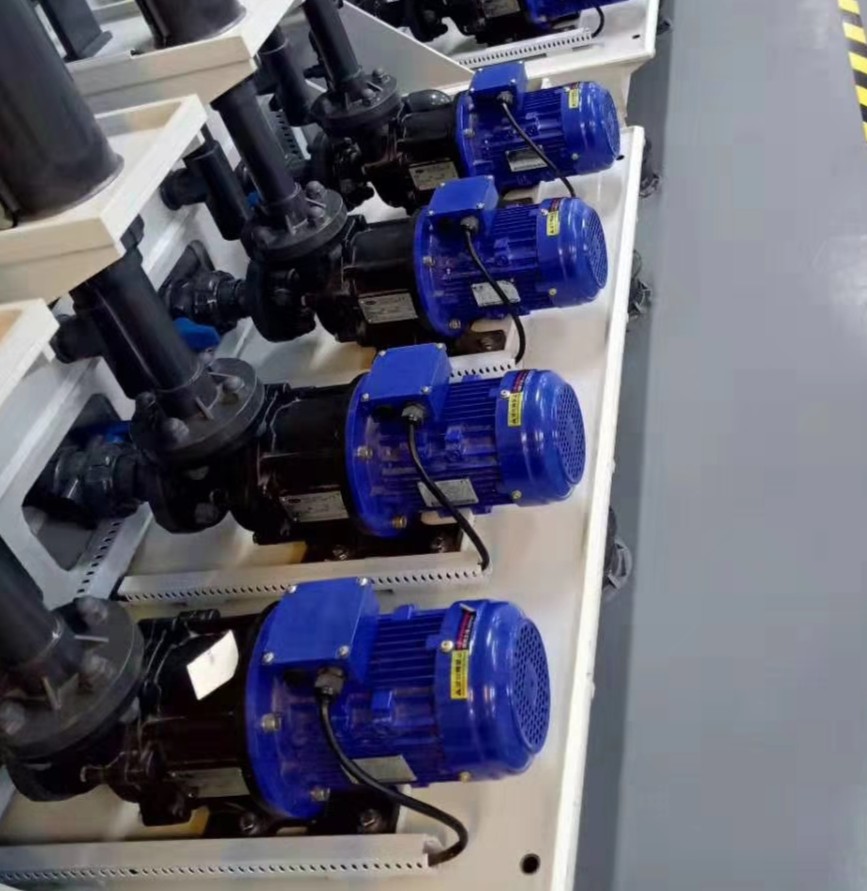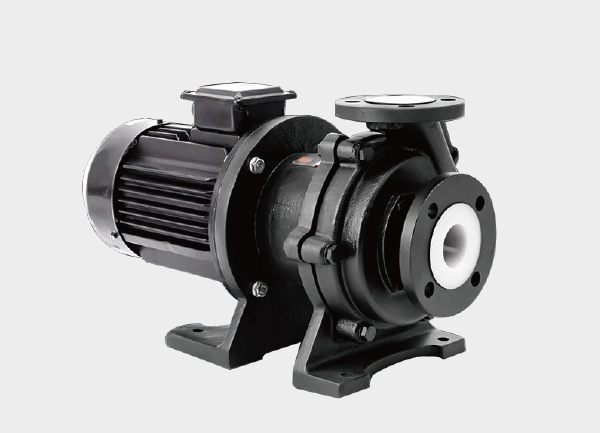Magnetic drive pumps are widely used in the chemical industry for handling corrosive, toxic, or hazardous fluids. Choosing the right model is essential to ensure safety, reliability, and long-term performance. This guide explains the key points of selecting a chemical magnetic drive pump from the perspectives of working conditions, material compatibility, performance parameters, structural design, and installation environment.
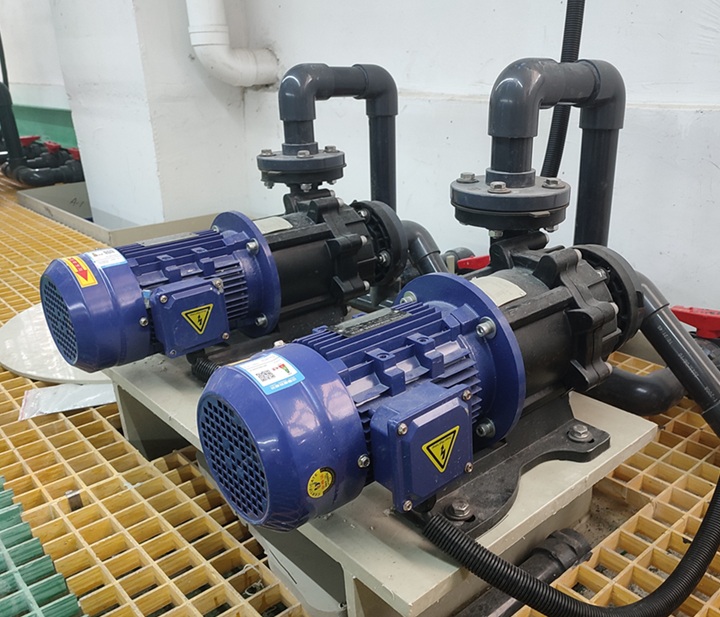
1. Select the Pump Type Based on Medium Characteristics
Chemical fluids vary greatly in composition and aggressiveness, so the first step is to define the medium’s chemical nature, temperature, and viscosity.
1. Chemical properties:
Strong acids (e.g., sulfuric acid, hydrochloric acid): choose fluoroplastic magnetic pumps (F46, PTFE).
Weak acids, weak bases, or neutral solutions: choose stainless steel magnetic pumps (304, 316L).
Liquids containing solids or crystals: select anti-abrasion magnetic pumps or lined self-priming magnetic pumps.
2. Temperature and viscosity:
Standard magnetic drive pumps: -20°C to 100°C
High-temperature types: up to 350°C (with reinforced isolation sleeve and cooling system)
For viscous fluids: reduce rated flow or use a higher-power motor.
3. Density and specific gravity:
For fluids with a specific gravity above 1.2, increase the motor power to avoid overload during startup.
2. Flow Rate and Head Calculation
1. Flow rate (Q):
Select a pump with 1.1–1.2× the maximum process flow rate to provide a safe margin.
2. Head (H):
Choose a pump with 5–10% higher head than the actual required value to ensure stable operation.
Avoid long-term operation under extremely low flow rates, as it may cause magnetic coupling overheating.
3. NPSH (Net Positive Suction Head):
The available NPSH at the suction side should exceed the pump’s required NPSH by at least 0.5 m to prevent cavitation.
3. Magnetic Coupling and Isolation Sleeve Design
1. Magnetic coupling:
Rare earth magnets (NdFeB, SmCo) are ideal for high-temperature, high-torque applications.
Ensure sufficient magnetic torque transmission margin to avoid magnetic decoupling.
2. Isolation sleeve materials:
Fluoroplastic (PTFE, FEP): excellent corrosion resistance but lower mechanical strength.
Metal (Hastelloy, titanium alloy, stainless steel): high strength and heat resistance but may cause eddy current loss with conductive fluids.
A balanced selection between corrosion resistance and thermal conductivity is crucial.
4. Bearing Materials and Cooling System
1. Bearing materials:
Silicon carbide (SiC): excellent wear resistance, corrosion resistance, and heat conduction.
Alumina ceramic (Al₂O₃): suitable for mildly corrosive media.
Graphite or PTFE composite bearings: ideal for self-lubricating or dry-running resistance.
2. Cooling and lubrication:
For high-temperature or viscous fluids, use internal circulation cooling or external cooling loops to prevent bearing overheating and demagnetization.
5. Structural Design and Installation Environment
1. Installation types:
Horizontal magnetic drive pump: standard design, widely used in chemical systems.
Vertical magnetic drive pump (submerged type): ideal for low-level or tank-bottom installations.
Self-priming magnetic pump: suitable for volatile or leakage-sensitive liquids.
2. Environmental requirements:
Avoid strong external magnetic fields.
Ensure good ventilation and low ambient temperature.
Match explosion-proof rating of the motor with the safety level of the handled medium (e.g., ExdⅡBT4).
6. Comprehensive Selection Guidelines
Rule 1 – Prioritize chemical compatibility: choose materials according to fluid properties.
Rule 2 – Maintain proper safety margin: oversizing or undersizing reduces efficiency.
Rule 3 – Consider space and maintenance: select a standardized and easy-to-service model.
Rule 4 – Choose reliable brands and replaceable parts: to minimize future maintenance costs.


